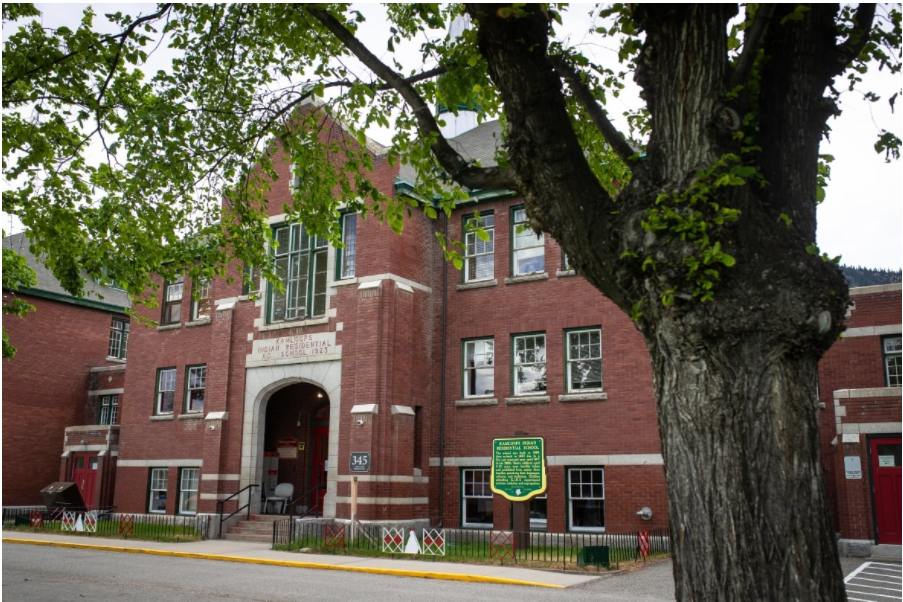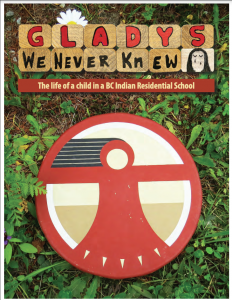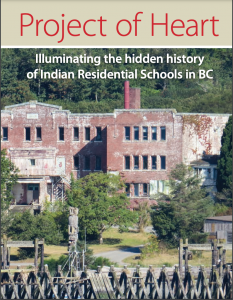
Joining the Circle is a guide for educators that can used for students and educators of all ages; to increase the “confidence and sensitivity in education practices” to aid in facilitating the growth of Metis, Inuit, and First Nations students; to introduce schools and communities to the languages, history, perspectives, and culture of Metis, Inuit, and First Nations; and to “support our individual capacity and help create systemic change for safe, strong and free school communities with and for Indigenous students and families” (COPA, 2016, p. 9). This guide discusses the Truth and Reconciliation Commission (TRC), the Indigenous Education Strategy, the role as an educator, describes Metis, Inuit, and First Nations peoples, and the terminology that is used throughout this guide.
This guide focuses on the barriers faced by Metis, Inuit, and First Nations. Some barriers that are faced are their culture and identity, spoken language, their spirituality, the contributions they made to Canada (aka: Kanata), land, treaties, relocations, the Indian Act, Residential Schools, intergenerational trauma, racism and discrimination in students’ lives, racism and bullying, suicide, lateral violence, internalized racism, the missing and murdered indigenous women, marginalization, Indigenous youth and children that are in care, students had to study away from their home, working in reserve communities, and children having parents in prison. Yes, there are TONS of barriers faced by Indigenous peoples. It is not only residential schools.
This is such a good read for educators to educate themselves and to also find a starting point for teaching students about the different barriers faced by Indigenous peoples.
Reference
COPA. (2016). Joining the circle: Guide for educators. Retrieved from http://copahabitat.ca/sites/default/files/educatorsguide_en.pdf




